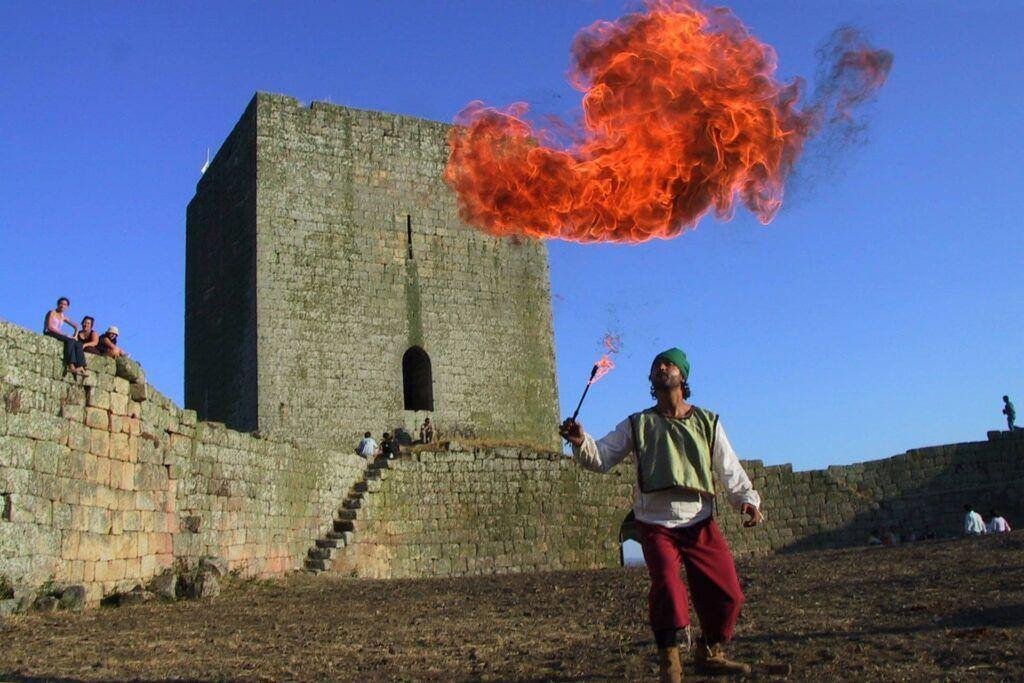Historical
The river Côa superior valley region provided optimal conditions for human occupation throughout time. There are several archaeological findings that confirm this. In the Sabugal Museum you will find in exhibit the best traces of the stay of those human communities that, between pre history and the nationhood, explored and defended the Alto Côa.
The pre-historical traces are mapped from the Neolithic period, but most of the discovered settlements and singular findings are from the Chalcolithic to the Bronze Age period.
The Lusitanian communities of the Iron Age left several material remnants and ruins of fortified settlements on the top of some hills.
The roman presence is known by the multiple settlements spread throughout the territory, but is specially strong on epigraphs (low relief inscriptions on stone), showed at the museum, that reveal the romanization potency in the region and the acculturation of the indigenous populations. There are other traces that can be seen first hand like roadways, bridges and milestones that mark the passing of the most important roman roads through the Alto Côa.
In the period of the reconquest and the time of nationhood, the organization of this territory was early made by means of the creation of council administration units seated in Alfaiates, Sabugal, Sortelha, Vila do Touro and Vilar Maior. In these localities the political, judicial, military and economic powers came together, displayed in inumerous buildings that you may visit and observe.
Around these towns, a network of roads, bridges and small altars, was formed, of small populations and estates spread through the land, where some antropomorphic carvings on rock can also be found.
Enter the historical Portugal where you will find reasons to surprise your senses on every step.
